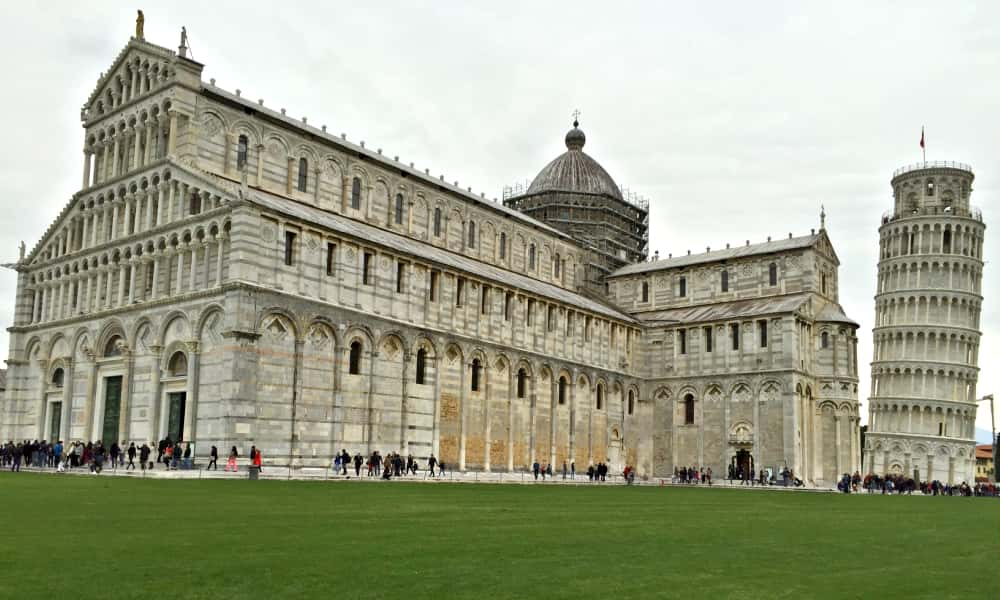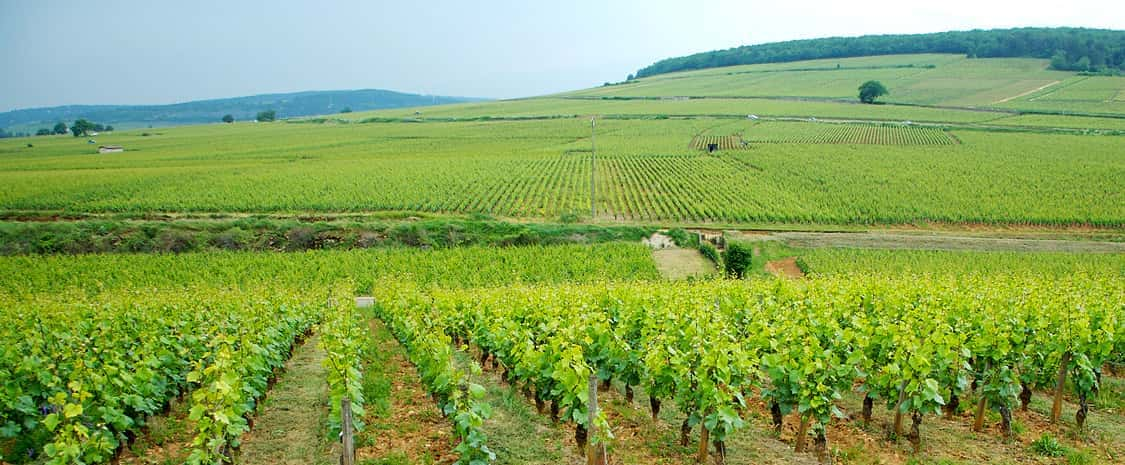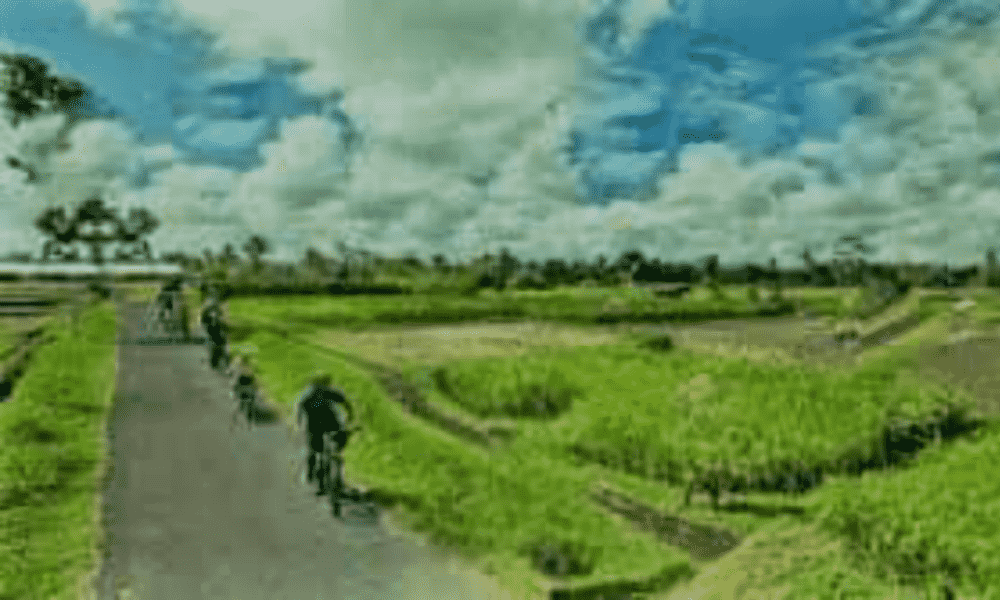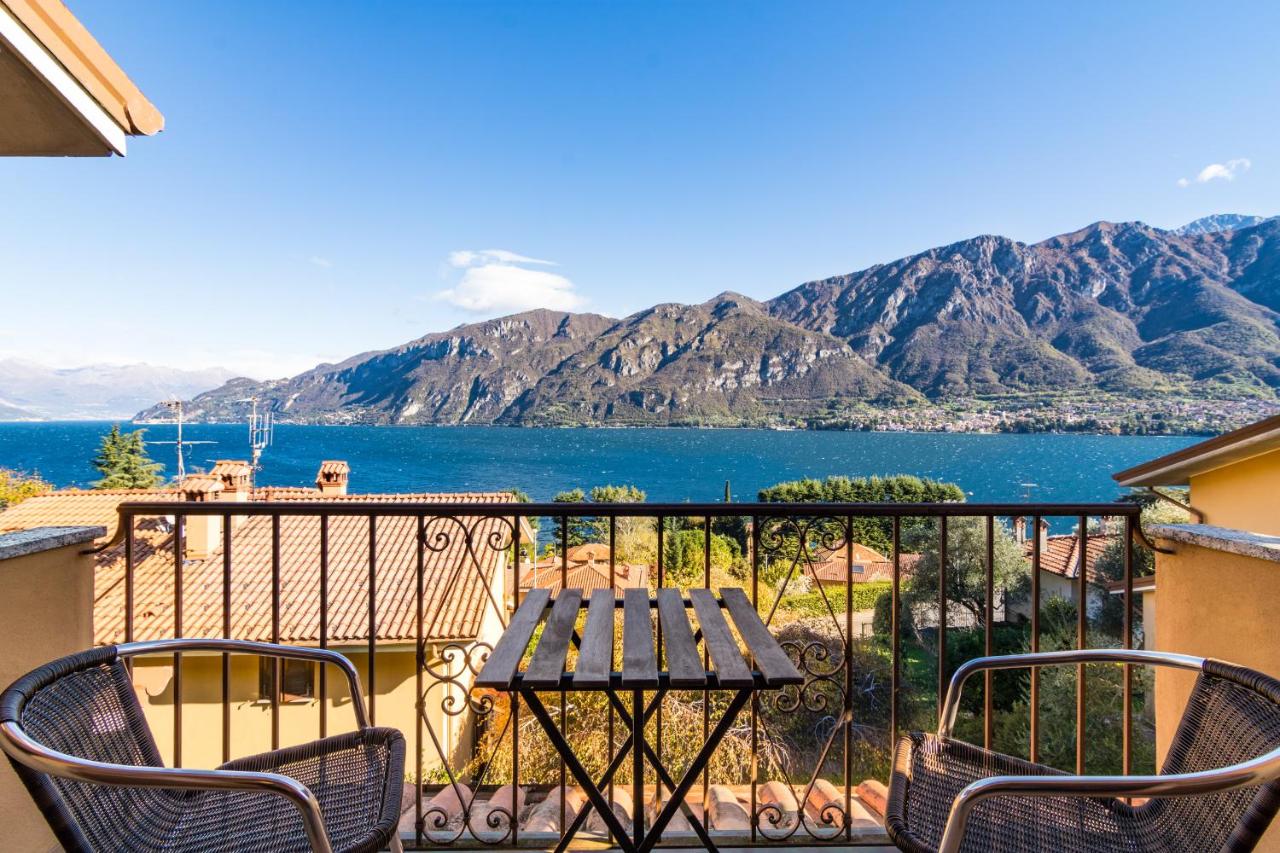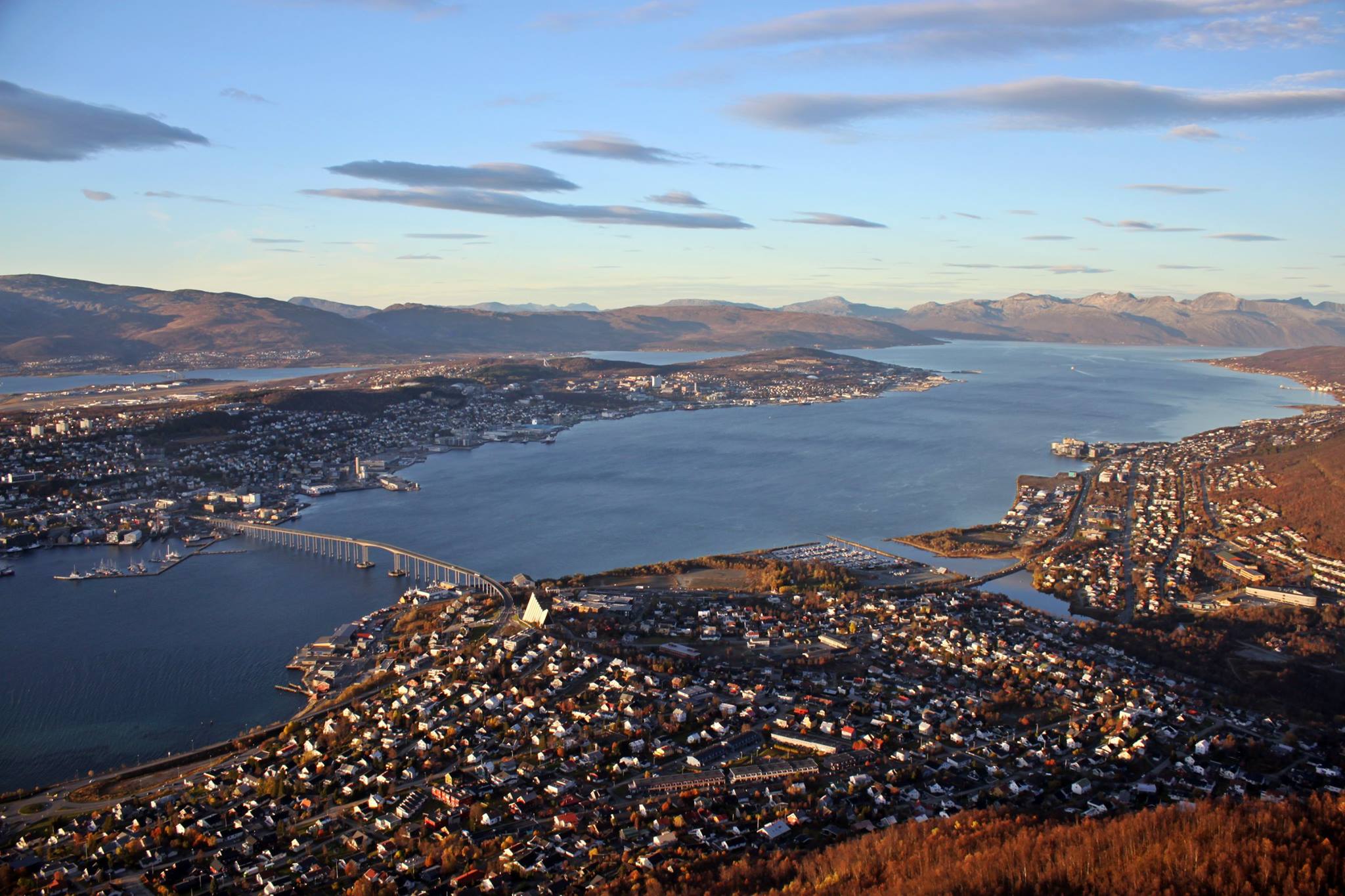Forget everything you think you know about "Italian food." There is no single cuisine that unites the country. (If you’re imagining a single-serve chicken Parmesan pizza with a side of spaghetti and meatballs, you’re in for a delicious surprise.) Instead, Italy is a nation of culinary microclimates, where food is a language spoken in a thousand different dialects. From the rich, butter-laden dishes of the alpine north to the sun-kissed, olive oil-soaked simplicity of the south, every region tells its own unique story.
To truly travel through Italy is to taste your way through it. This guide will decode the diverse culinary landscape, helping you eat like a local, from the mountain peaks to the sun-drenched shores. If you want to start at the very beginning, check out this Complete Guide to Traveling in Italy.
The North: Rice, Cream, and Richness
Northern Italian cuisine is a reflection of its geography—rich, hearty, and often prepared with butter and cream rather than olive oil.
- Lombardy: In Milan, rice is king. The iconic risotto alla milanese is a creamy, saffron-infused masterpiece. Other regional staples include cotoletta alla milanese (a breaded veal cutlet) and hearty stews, a perfect match for the region's cooler climate.
- Emilia-Romagna: Italy's Culinary Heartland: This is arguably the gastronomic soul of the entire country. The fertile Po Valley produces some of Italy's most cherished ingredients, including Parmigiano-Reggiano, Prosciutto di Parma, and Mortadella. This is also the birthplace of fresh egg pasta—from the delicate tortellini of Bologna to the wide, rich ribbons of tagliatelle al ragù.
- Veneto: In a region defined by its coastline and marshes, seafood is a staple. In Venice, you’ll find exquisite seafood platters, and in the surrounding countryside, a deep love for polenta. Try the creamy risotto al nero di seppia (squid ink risotto) for a truly authentic taste of Venice.
The Center: Simple, Rustic, and Refined
Central Italy is defined by its rustic, countryside traditions, where the cuisine is a celebration of simple, high-quality ingredients.
- Tuscany: The Art of Cucina Povera: Tuscan cuisine, or "peasant cooking," is a philosophy of turning humble ingredients into masterpieces. It's a land of excellent olive oil, thick bread, and robust flavors. The iconic bistecca alla fiorentina is a simple, massive T-bone steak grilled to perfection. Don't miss bread-based soups like pappa al pomodoro or ribollita, which prove that deliciousness doesn't require luxury.
- Lazio: The Heart of Rome: Roman cuisine is a testament to honest, satisfying flavors. The city’s famous pasta dishes are a simple trinity: Cacio e Pepe (cheese and pepper), Carbonara (egg, guanciale, and Pecorino cheese), and Amatriciana (tomato, guanciale, and chili). For a quick meal, find a slice of thin, crispy pizza Romana to eat on the go.
The South: Sun-Kissed Flavors and Seafood
Southern Italy's cuisine is a story of sunshine and sea. The flavors are vibrant, the produce is fresh, and the focus is on a few perfect ingredients.
- Campania: The Birthplace of Pizza! Naples is where it all began. The classic pizza Napoletana, with its soft, charred crust and simple topping of tomato, mozzarella di bufala, and basil, is a UNESCO-recognized art form. (And no, don't even think about asking for pineapple on it.) The region also excels in fresh seafood, and you can't leave without tasting the sweet, sun-ripened tomatoes and world-famous mozzarella.
- Sicily: A Culinary Fusion: Sicily's cuisine is a unique blend of cultures, influenced by centuries of Greek and Arab rule. The island is famous for its vibrant street food like arancini (fried rice balls). Its desserts are legendary—from the iconic, ricotta-filled cannoli to the elaborate, candied fruit cake known as cassata.
A Final Word: How to Eat Like a Local
Understanding the food is only half the battle. Here are a few tips to enhance your dining experience:
- The Meal Structure: A traditional Italian meal follows a clear progression: antipasto (appetizers), primo (first course, usually pasta or risotto), secondo (main course, meat or fish), and dolce (dessert).
- Coffee Rules: A cappuccino is a breakfast drink only. Locals would never order one after noon. (It’s a serious social faux pas that will immediately give you away as a tourist.) Stick to an espresso after a meal.
- Find a Trattoria or Osteria: For an authentic, home-cooked meal, look for these local spots rather than a touristy restaurant. The menu is often smaller, the food is seasonal, and the atmosphere is welcoming. Sicily is our pick for the best trattorias around. Check out this Southern Italy itinerary to see where to go in Sicily and more.
To truly travel through Italy is to taste it. Every plate tells a story, every ingredient is a connection to the land, and every meal is a celebration. By understanding the rich culinary tapestry that defines each region, you’ll unlock a deeper appreciation for the country and carry the flavor of your journey with you long after you've returned home.








